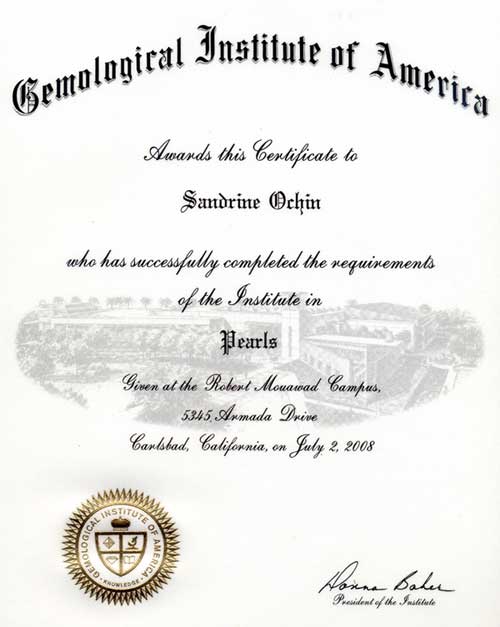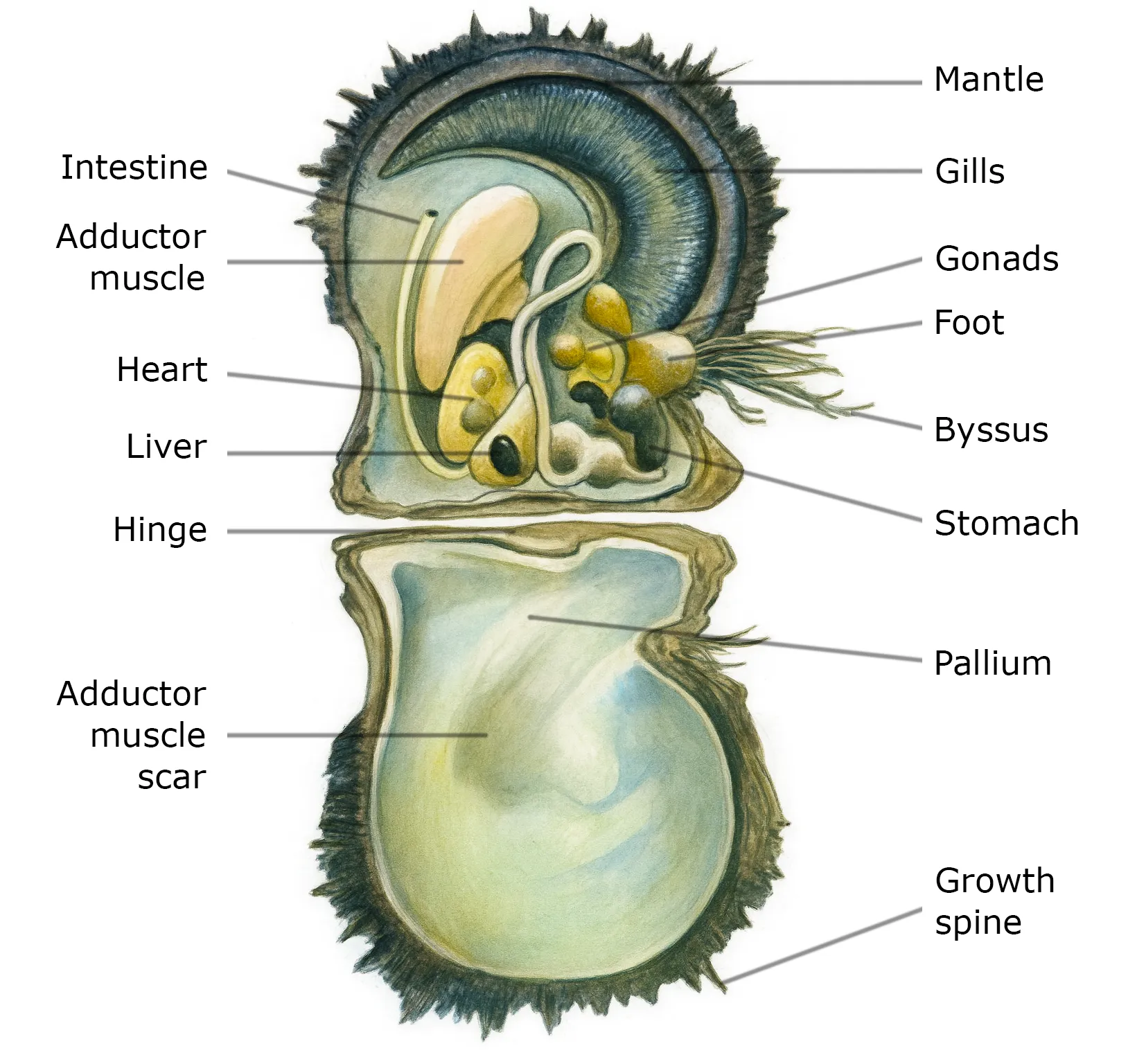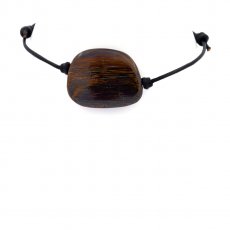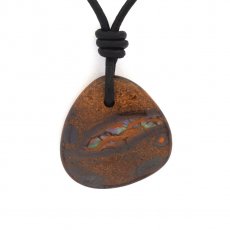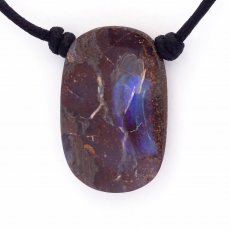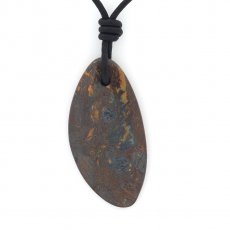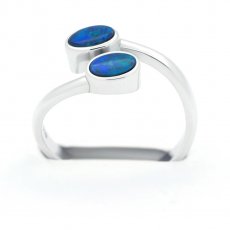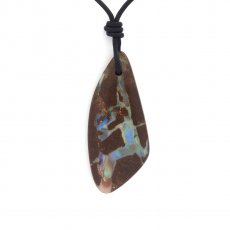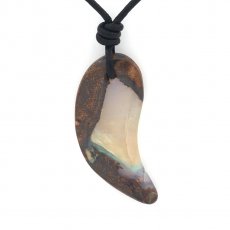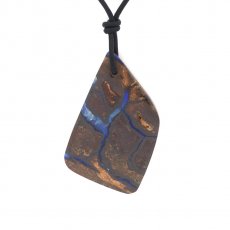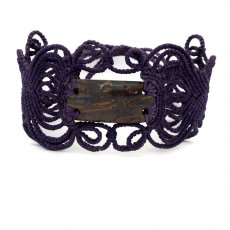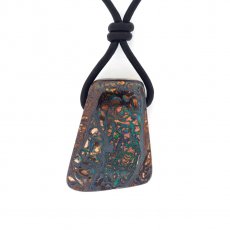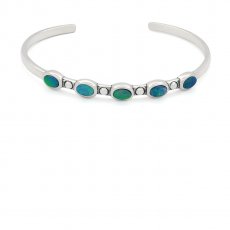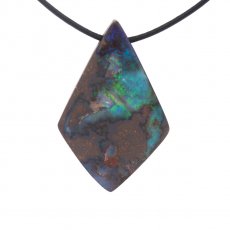Australian Opals
Contractual photos: The photos on the site are of the opal you will actually receive.
| 1 to 13 of 13. | 1 |
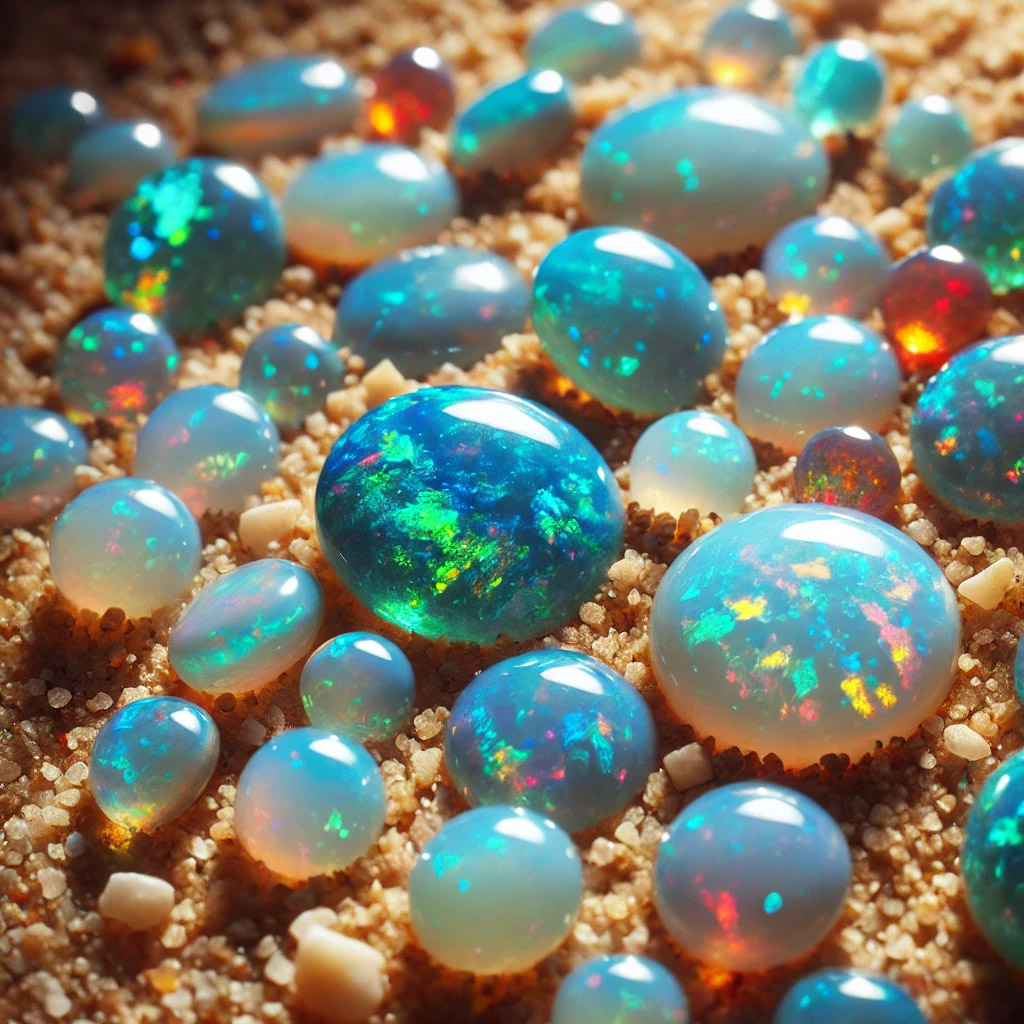
Australian Opals: A Geological Marvel of Ever-Changing Beauty
Australian opals stand among the most captivating gemstones globally, renowned for their spectral brilliance and iridescent colors.
These unique and dazzling gemstones account for a significant portion (approximately 95%) of the global opal supply.
Geological Formation of Australian Opals
Australian opals formed over millions of years as a result of a unique combination of geological factors.
Around 140 million years ago, an inland sea rich in siliceous sand covered a vast part of central Australia.
Over time, this sea receded, giving rise to what is known today as the Great Artesian Basin, an extensive arid region.
Some 30 to 40 million years later, intense erosional processes began dissolving the silica content from the sands.
Cavities formed in the rock, and these cavities began accumulating silica-rich water.
Over millennia, the silicates trapped within these spaces transformed into opals through intricate geochemical processes.
Primary Sources of Australian Opals
While opals can potentially form in various places around the world, Australia is home to some of the most exceptional and sought-after opals.
Key opal-producing regions in Australia include:
- Lightning Ridge (New South Wales): Known for its black opals, Lightning Ridge is one of the most renowned sources of Australian opals. The black opals from this region have a dark background, ranging from dark gray to blue-black, and exhibit dazzling play-of-color.
- Coober Pedy (South Australia): Coober Pedy is famous for its white, crystal, and light opals. These opals have a clear or white background and are known for their ethereal brilliance.
- Mintabie (South Australia): Mintabie is another source of high-quality black opals with similar characteristics to those from Lightning Ridge.
- Queensland: Boulder opals, characterized by a thin vein of precious opal embedded within an ironstone matrix, can be found in various locations in Queensland, offering a diversity of colors and styles.
- Western Australia: Fire opal, which develops in Western Australia, features a reddish-orange color due to iron impurities. It is very rare and highly sought after.
The price of Australian opals varies based on several criteria, including color, brilliance, pattern, shape, size, purity, and rarity. Prices can range from tens to several thousand dollars per carat.
History of Australian Opal Trade
The modern history of opal mining in Australia began in July 1889 when Tullie Cornthwaite Wollaston played a pivotal role in taking 60 magnificent pieces of raw opal extracted from Queensland to London.
Despite early rejections by gem dealers, the sale of these opals to an international jewelry company marked a turning point.
Demand for Australian opals gradually increased worldwide, establishing their reputation as exceptional gemstones.
Variety of Colors and Opal Types
Australian opals come in a stunning variety of colors and styles.
In addition to the black, white, and crystal opals mentioned earlier, there are also boulder opals, which are embedded in their natural matrix. These opals have a rustic and unique appearance.
In conclusion, Australian opals remain among the most precious and spectacular opals worldwide.
Their fascinating geological history, unique Australian origins, and diverse colors make them highly sought-after precious gemstones.
Whether you are a passionate collector or a jewelry enthusiast, Australian opals offer ever-changing and magical beauty that continues to captivate the world.
